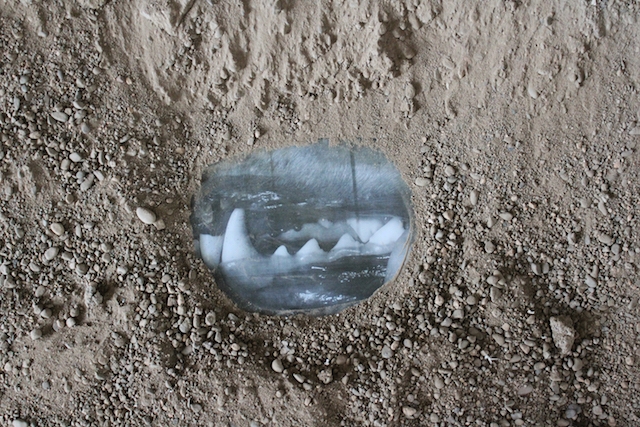ArtReview sent a questionnaire to artists and curators exhibiting in and curating the various national pavilions of the 2019 Venice Biennale, the responses to which will be published daily in the lead-up to the Venice Biennale opening on 11 May.
E. Jantsankhorol is representing Mongolia. The pavilion is in Calle del Forno and performances will be held in various public spaces.
What can you tell us about your exhibition plans for Venice?
As for general exhibition plans, I’m creating everything from scratch on the spot. I have prepared sketches and plans beforehand, but I’m sure that things are going to be changed, re-thought, adjusted, and improvised. In regards to the creation process, the unique context and situations of Venice (how things move) are almost making me think like a nomad, which I do have some experience of from growing up in Mongolia. As for a more specific plan, I am planning on creating a sort of site-specific environment with a sound component to the exhibition, which will involve Mongolian throat singing.
What does it mean to ‘represent’ your country? For you is it an honour or is it problematic?
I think it is definitely an honour, but I’m trying to not dwell on the fact, and instead concern myself with what I’m going to do and the pieces I will create.
Is your work transnational or rooted locally?
I try to be transnational as much as I can when seeking ways to communicate with people through my work. But I find myself inspired by my cultural traditions a lot, and the question of whether to be transnational or culture-specific has always been present and challenging in my work. However, this is a fact I do enjoy working around, because I think such questions and quandaries will continue and persist, and doubles as a good driving force.
How does having a pavilion in Venice make a difference in the artistic scene in your country of origin?
I think having a national pavilion makes quite a difference and impact on the art scene back in my country, especially for the younger generation. It may not make much of a direct difference right now with the contemporary art scene still being developed and growing in Mongolia, but it will certainly be a big influence and difference-maker in the future, in the sense that it will encourage and inspire other artists to seek involvement in international exhibitions.
If you’ve been to the biennale before, what is your first or best memory of Venice?
I came to see the 2015 Biennale, and it was a fantastic experience seeing all the art and art lovers from all over the world at the same time. But what left the biggest impression on me was the uniqueness of the venues and spaces where artists and pavilions exhibited. There were almost no typical white cubes of exhibition spaces, but all crooked and uneven walls and floors, with every venue boasting their own different and unique characteristics.
You will no doubt be very busy, but what else are you looking forward to seeing?
I hope that I could take a moment to recognise and appreciate everything as much as I can.
The Venice Biennale runs 11 May – 24 November
